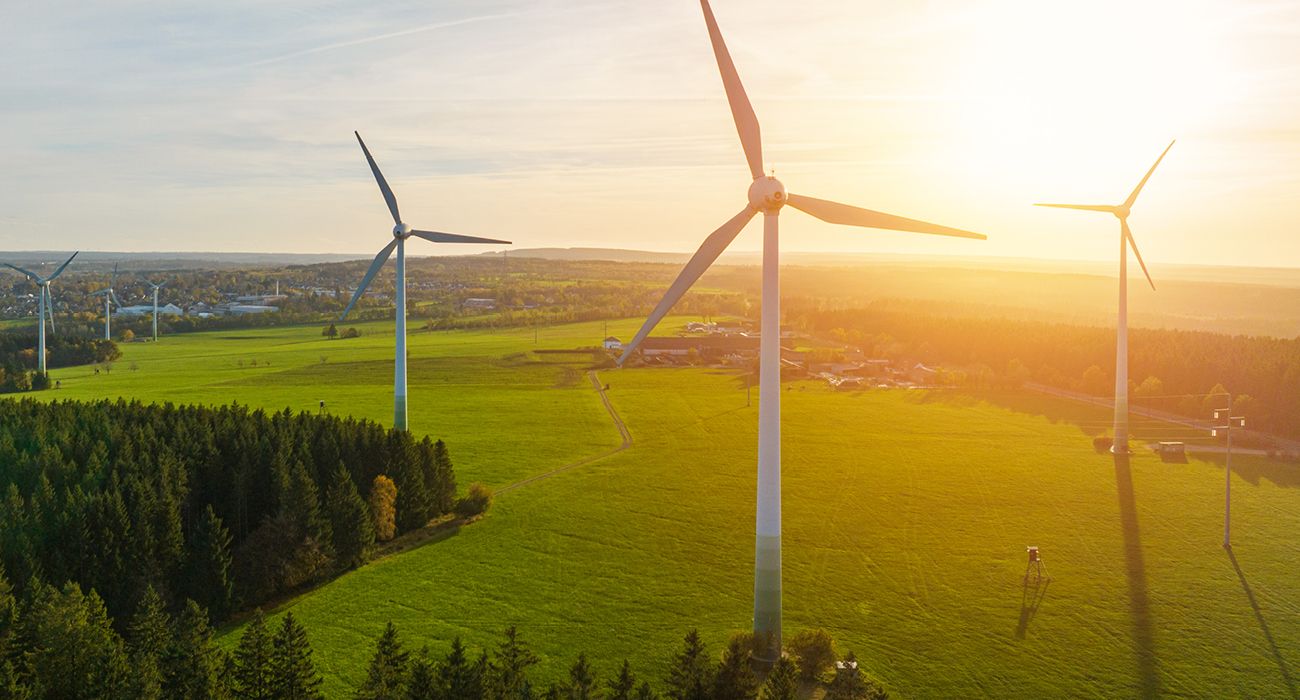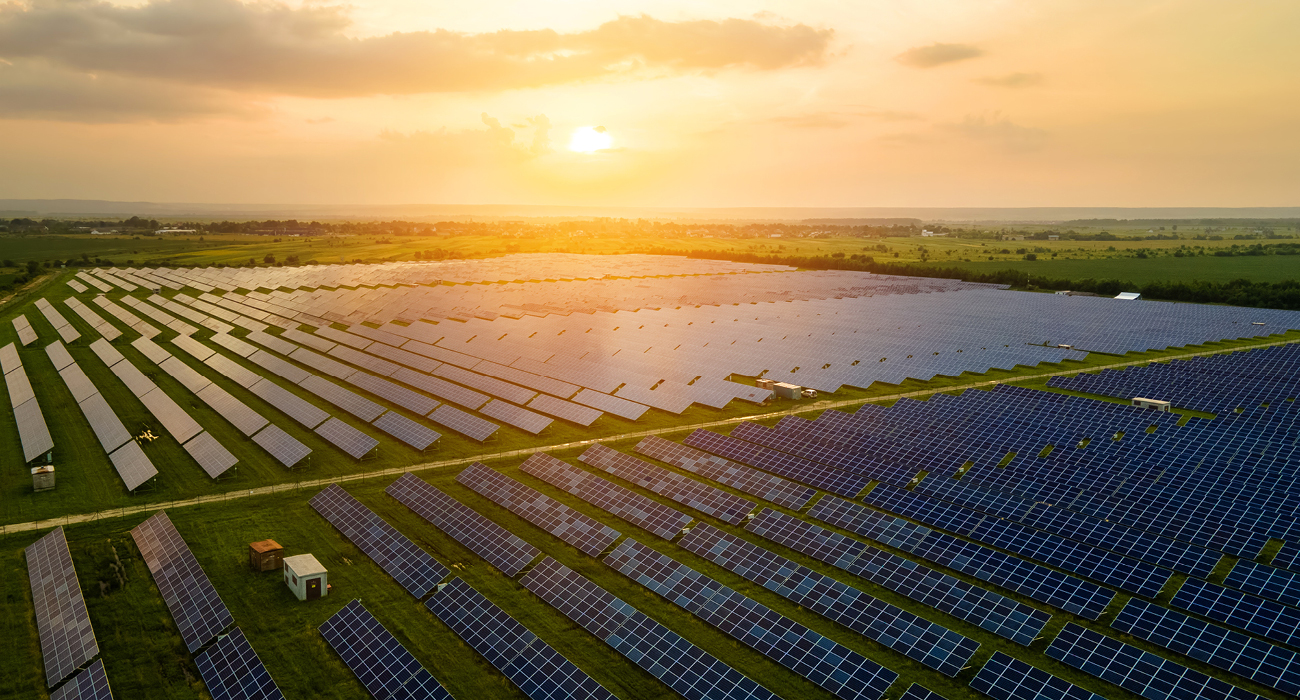Why do we have to pay energy network charges?
To transport energy from source – be that a power station, wind farm or gas storage location – to your premises, it must first travel via a large and complex network of pylons, cables and pipelines. Different providers are responsible for operating and maintaining these routes – and the energy network charges added to energy invoices pay for their services.
What are electricity network charges?
There are two main costs:
- Transmission Network Use of System (TNUoS) charges paid to National Grid to maintain the high-voltage nationwide ‘back-bone’ of electricity pylons that transport power from generation sources.
- Distribution Use of System (DUoS) charges paid to your local Distribution Network Operator (DNO), who is responsible for the low-voltage lines and cables that bring power to your property.
What about gas charges?
Again there are two main costs:
- National Transmission System (NTS) charges paid to National Gas (which has recently replaced National Grid) to maintain the high-pressure gas pipelines that transport gas around the country from source.
- Local Distribution Zone (LDZ) charges paid to your local Gas Distribution Network (GDN) operator, who is responsible for the local network of pipelines that bring gas to your property.
How are network charges agreed and regulated?
Because the companies providing energy network services operate as monopoly businesses, their performance and costs are regulated by Ofgem. It does this using a price-control model called RIIO, which stand for Revenue = Incentives + Innovation + Outputs.
How does RIIO work?
It’s a mechanism based on balancing investment in the network, company returns and the amount that each provider can charge for operating their respective networks. Every five years, network providers must submit their budgets and plans for review, and Ofgem will then agree how much they can charge for their services.
What are the timescales for RIIO price controls?
RIIO price controls run for a five-year period. But start and end dates vary for each network service provider. RIIO 1 ran from 2013/15 to 2021/23. We are currently part-way through RIIO 2 as follows:
- RIIO-T2 is the price control for the high-voltage electricity and high-pressure gas transmission networks (re TNUoS and NTS charges). It runs from 2021 to 2026.
- RIIO-ED2 is the price control for the electricity DNOs (re DUoS charges). It runs from 2023 to 2028.
- RIIO-GD2 is the price control for the gas distribution network (re LDZ charges). It runs from 2021 to 2026.
How much notice is given of likely costs in a new price-control period?
New price controls start in the April of a new five-year period. The costs are finalised three months beforehand, in December. However, draft costs are shared nine months in advance (in July), and the business plans submitted by each network service provider are published 15 months before (in the previous December).
When will RIIO 3 price controls be agreed?
Final costs for RIIO-T3 (TNUoS and NTS charges) and RIIO-GD2 (LDZ charges) will be released in December 2025, with indicative costs shared in July 2025. But we’ll be looking at the business plans submitted by each network provider when they are published this December to get an idea of future costs. For RIIO-ED2 (DUoS charges), the business plans will be published in December 2026 and costs finalised a year later, in December 2027.
Are you then able to forecast future network charges?
We look closely at all the network providers future business plans to identify what could cause volatility and risk during a new price-control period, and share feedback to Ofgem to try to limit this. Our aim is to provide clear forecasts for our customers, as we appreciate any business needs time and as much certainty as possible to budget for future energy costs.
However, we cannot factor in changes in future government energy policies, e.g. after a General Election. If a new government decides to invest in hydrogen as a future heat source, for example, then that will have a major impact on the investment and direction of the UK’s gas and electricity networks.
Do you expect future network charges to increase – and if so, by how much?
As we transition to a net zero energy system, the cost of adapting and maintaining the network is likely to increase considerably. For example, as we continue to shift from large central fossil-fuel power stations to more diverse and decentralised renewable generation, we will need a larger and more complex network. So the cost of delivering these networks will rise.
Government policy will also impact costs – for example, currently the electricity network has to invest to accommodate predicted increasing future demand from heat-pumps and electric-vehicle charging. But if that transition occurs, then as gas use reduces in homes, the cost of maintaining the gas network will be spread across fewer consumers.
Once the five-year price control is agreed for a network charge, can the network provider increase its budget?
Yes. In each price-control period, network providers can go back to Ofgem to request additional revenue for projects that may not have been included in their initial plans. This is one of the main reasons for the volatility we see in network charges.
How is RIIO monitored?
Each year, transmission and distribution network owners must report to Ofgem on their performance against the price control. Ofgem publishes performance reports, which you can see in their Data Portal. And there are penalties for poor performance.
/npm214%20Digital_H_UB89.jpg)

/npm214%20Digital_H_UB92.jpg)
/npm214%20Digital_H_UB102.jpg)


/npm214%20Digital_H_UB27.jpg)
/npm214%20Digital_H_UB15.jpg)

/npm214%20Digital_H_UB139.jpg)
/Author%20Profile%20Evans_Stephen_G.png)
